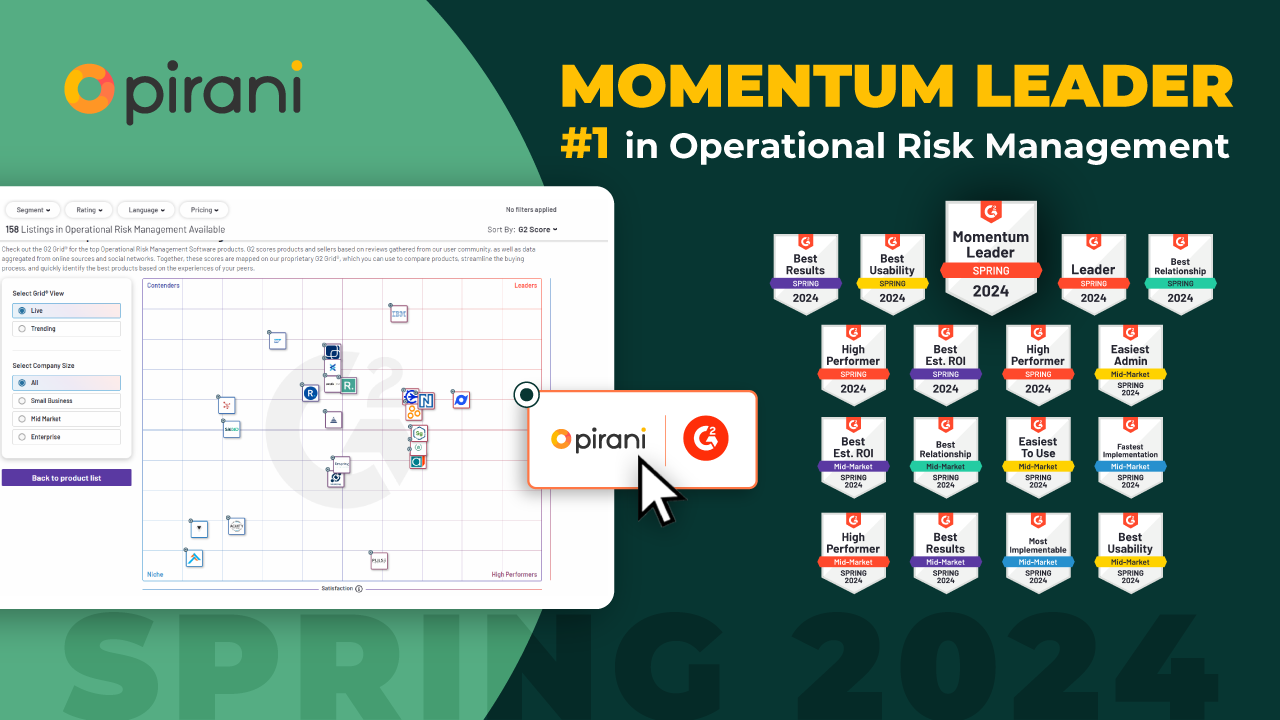Get to know the fundamental principles of Basel in banking

Before diving into the principles proposed by the Basel Committee, it's important to understand that any instability within a nation's financial system can jeopardize domestic and international finances. To address this, the Basel Committee developed a set of fundamental principles, which serve as a framework of global standards. These principles are designed to support effective risk management, strengthen the banking supervision system, and bolster the financial stability of each country.
The Basel framework emphasizes applying these basic principles in banking to foster stability and facilitate the development of effective supervisory systems. Implementing these guidelines allows countries and financial institutions to better identify weaknesses and focus on key areas to ensure effective bank management and supervision.
Overview of the Basel Principles
The Basel Committee recommends 25 core principles that focus on ensuring the effectiveness of banking supervision. These principles are divided into two main groups: one focuses on the powers, responsibilities, and functions of supervisors, while the other outlines the prudential regulations and requirements that banks must meet to maintain stability and manage operational risk.
The principles help banks and regulators identify potential issues and risks, manage them effectively, and implement corrective actions as needed. Here is a closer look at these principles and their purpose in maintaining a stable financial system.
Key Basel Principles for Banking Supervision
-
Objectives, Independence, Powers, Transparency, and Cooperation: It’s crucial that supervisory authorities have clearly defined objectives, operate independently, and have the power to regulate banks. Transparency and cooperation among supervisors are essential for a consistent regulatory approach.
- Permitted Activities: Regulators should define the activities that banks can engage in, ensuring they are authorized and properly supervised for these operations.
- Licensing Criteria: The licensing process for banks should include strict criteria to ensure only institutions capable of managing their risks are permitted to operate.
- Transfer of Significant Ownership: Supervisors must review and approve any significant ownership changes in banks to ensure stability and sound management.
- Major Acquisitions: Banks should obtain supervisory approval before making significant acquisitions or investments, ensuring that these actions align with sound risk management practices.
- Capital Adequacy: This principle emphasizes the importance of maintaining adequate capital levels to absorb losses and manage operational risk effectively.
-
Risk Management Process: Banks must have robust risk management systems to identify, assess, monitor, and control all types of risks, including operational risk.
- Credit Risk: Effective management of credit risk is essential for banks, requiring a systematic approach to assessing borrowers' creditworthiness and monitoring loan portfolios.
- Problem Assets, Provisions, and Reserves: Banks should manage non-performing assets and maintain adequate provisions and reserves to cover potential losses.
- Large Exposure Limits: Limits should be set on a bank’s exposure to single borrowers or groups to avoid concentration risk.
- Exposures to Related Parties: The management of transactions with related parties should be transparent and monitored to prevent conflicts of interest.
- Country Risk and Transfer Risk: Banks should assess and manage risks related to cross-border exposures, ensuring that they understand the political, economic, and legal environments of the countries they do business with.
- Market Risk: Banks need to have measures in place to manage risks associated with changes in market prices, such as interest rates and foreign exchange rates.
- Liquidity Risk: Maintaining adequate liquidity is crucial for banks to meet their obligations, even during periods of financial stress.
- Operational Risk: Proper management of operational risk is essential to minimize losses resulting from inadequate processes, systems, or external events. Using technology tools like risk management software, such as Pirani, allows financial institutions to identify, assess, control, and monitor these risks more effectively.
- Interest Rate Risk: Banks should understand and manage the risks associated with changes in interest rates that can affect their financial condition.
- Internal Control and Audit: A strong internal control framework and regular audits are necessary for effective risk management, ensuring compliance with policies and procedures.
- Misuse of Financial Services: Banks must prevent the misuse of their services, such as money laundering, through effective policies and monitoring systems.
- Supervisory Approach: Supervisors should adopt a risk-based approach to evaluate banks' soundness and their risk management practices.
-
Supervisory Techniques: The techniques used by supervisors should include on-site inspections, off-site monitoring, and regular communication with banks.
- Supervisory Reporting: Banks should be required to provide accurate and timely information to supervisors to facilitate effective oversight.
- Accounting and Disclosure: Accurate accounting practices and proper disclosure of financial information are critical for transparency and market discipline.
- Corrective Powers of Supervisors: Supervisors must have the authority to take timely corrective actions when banks fail to meet regulatory standards or face operational risk.
- Consolidated Supervision: Supervisors should evaluate banks and their subsidiaries on a consolidated basis to ensure risks are managed across the entire group.
- Home-Host Relationships: Effective cooperation between home and host supervisors is essential when banks operate across multiple jurisdictions, ensuring consistent supervision.
Managing Operational Risk under Basel
The Basel framework places particular emphasis on managing operational risk, as outlined in Principle 15. Operational risk refers to the risk of loss due to failures in internal processes, systems, human errors, or external events. It is a critical aspect of overall risk management, especially in an increasingly digital and interconnected world.
To address operational risk, banks are encouraged to adopt comprehensive strategies that include the following:
- Risk Identification: Recognizing potential sources of operational risk such as system failures, human errors, or external disruptions.
- Risk Assessment: Evaluating the likelihood and potential impact of these risks on the bank’s operations.
- Risk Control: Implementing measures to prevent or mitigate identified risks, such as enhancing internal processes or investing in better technology.
- Risk Monitoring: Continuously tracking risks and the effectiveness of control measures, ensuring quick response to any emerging threats.
Technological Tools for Risk Management: Using advanced software solutions, like Pirani, allows banks to streamline their risk management processes, providing a centralized platform for tracking and addressing operational risk. Such tools can help banks ensure compliance with Basel standards and maintain a proactive approach to risk mitigation.
The Importance of Basel Principles for National Financial Systems
The risk management methodology proposed by the Basel Committee helps countries assess their supervisory frameworks and identify areas for improvement. This allows nations to build stronger financial systems that are resilient to shocks and uncertainties. It also helps banks maintain stability, safeguard their reputation, and foster trust among customers and investors.
By implementing the Basel principles, banks can achieve the following benefits:
- Enhanced Stability: Stronger regulatory frameworks and risk management practices help maintain financial stability and avoid crises.
- Increased Transparency: Clear and consistent reporting improves the transparency of banking activities, building trust with stakeholders.
- Global Compliance: Aligning with international standards ensures that banks can operate effectively in global markets, meeting the expectations of international investors and regulators.
- Improved Risk Management: A comprehensive approach to managing operational risk and other risk types helps banks mitigate potential losses and remain resilient in the face of challenges.
Building Resilience through Basel Compliance
The Basel principles offer a robust framework for risk management and supervisory practices, aimed at strengthening the global banking system. By focusing on key areas such as operational risk management, capital adequacy, and transparency, banks can build resilience and adapt to the complexities of today’s financial environment. Adopting these principles not only benefits the banking sector but also contributes to the broader stability of national and international financial systems.
With the support of tools like Pirani, banks can enhance their risk management capabilities, ensuring compliance with Basel guidelines while maintaining a proactive approach to identifying and managing risks. Embracing these standards is essential for banks looking to secure their long-term success in a dynamic and competitive financial landscape.
You May Also Like
These Related Stories

Pirani Leads Risk Grid and Wins 13 Badges on G2

Regulatory Compliance: Benefits and Best Practices

5 tips for avoiding financial fraud

Pirani as "Momentum Leader" according to G2 Grid

ISO 31000 Simplified: Elevate Your Risk Strategy



No Comments Yet
Let us know what you think